These are New York Ferries (present day).
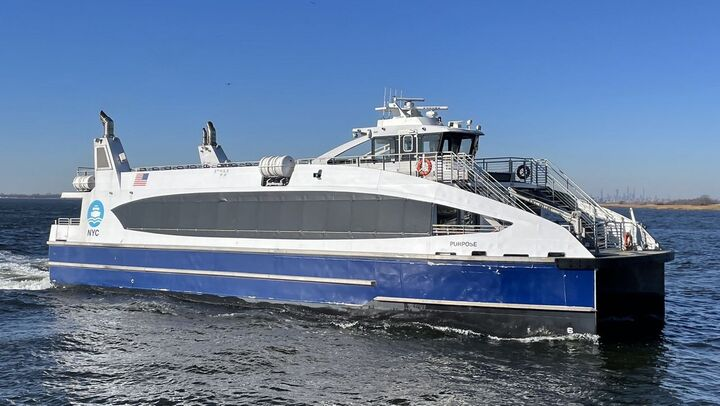
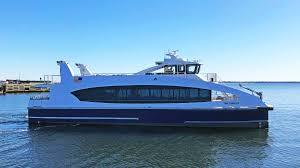
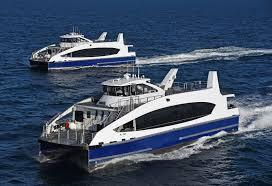
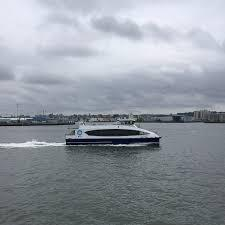
Ferries have been used for over thousands of years through multiple countries. Ferries were used in ancient Greece and other civilizations for transport across rivers and waterways in ancient times. Technology improved and other countries found out about this system through how efficient it is, so now they can be used for transport, buisness, or pleasure.
The Rocky Hill-Glastonbury Ferry in Connecticut is the oldest continuously operating ferry in the US, dating back to 1655. The Staten Island Ferry, a well-known example, has been in operation since the early 1800s. The most popular ferry since 2020 has been "The Shark." (shown above)
The Ferry originates all the way back to the Dutch Colonial era. Ferries were essential for crossing waierways like the East River and the Hudson River. In 1905, the City of New York began a “progressive takeover of the ferry system” when it acquired the ferry route running between Whitehall Street (Manhattan) and Saint George (Staten Island) from the Staten Island Rapid Transit.
1905 New York Ferry.
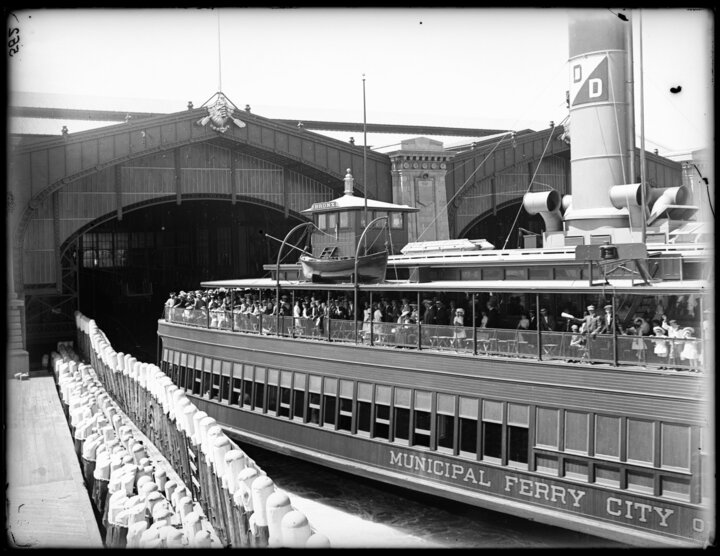
While ferries have existed in various forms since ancient times, the first commercial steam-powered ferry was invented by Robert Fulton in the early 19th century. His steamboat, the Clermont, was used as a ferry on the Hudson River starting in 1807. Prior to Fulton's invention, ferries were primarily powered by wind, currents, or animals. Our past, present, and future are tied to the waterways that surround New York City. Ferries have been an integral part of transport in the City for a very long time. The Staten Island Ferry route originally ran by the Staten Island Rapid Transit and taken over the City has been in service since 1816. In 1904, the year before the municipal ferry system was established, there were 147 ferryboats in operation on the waters around New York City. Municipal ferry service initially was established during the administration of Mayor George B. McClellan (in office from 1904-1909) but it really grew during the Hylan Administration (1918-1925) as new ferry routes were established and ferryboats were designed and purchased by the City. Construction of the 39th Street Ferry House, 1908. The second ferry route to be acquired by the City was the Whitehall Street-39th Street (right.)
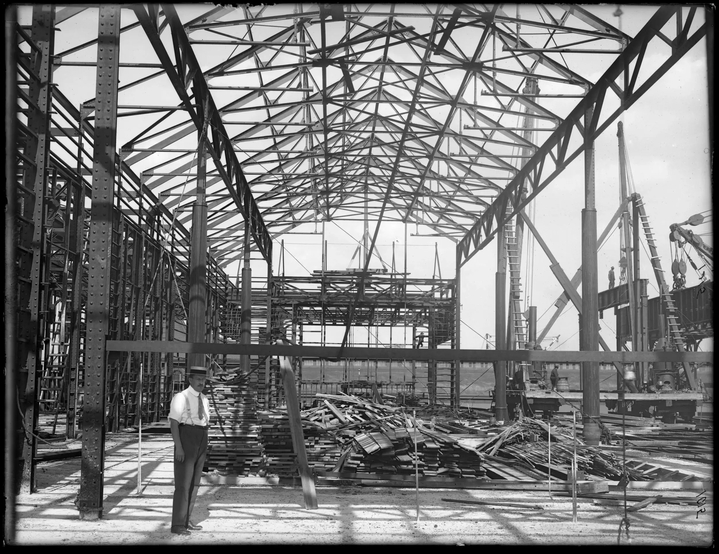
How are ferries built?
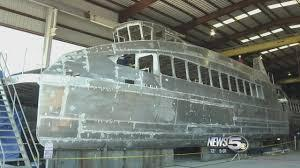
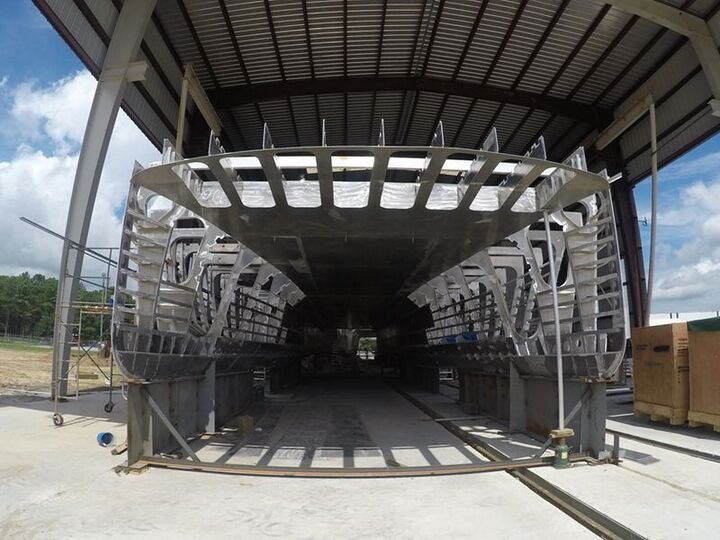
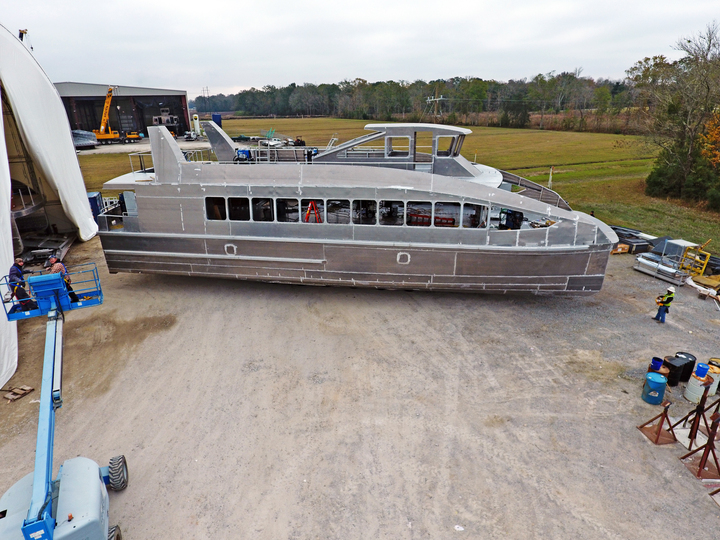
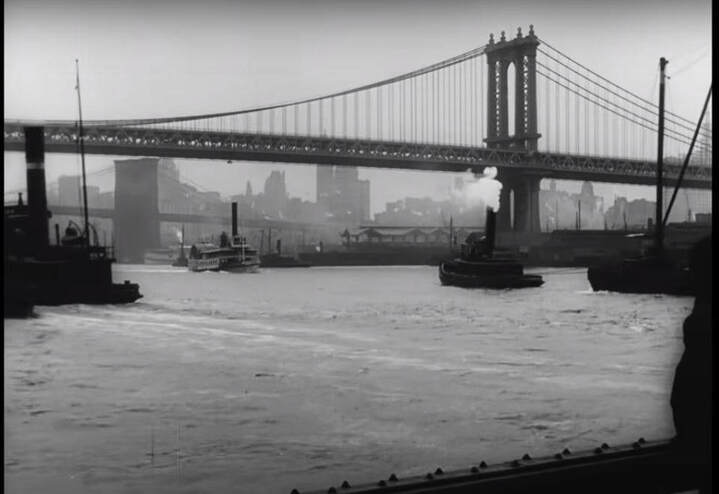
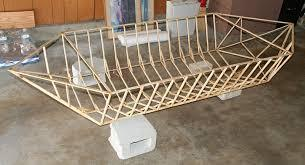
NYC ferries are primarily built from aluminum, chosen for its lightweight properties to enhance fuel efficiency. The construction process involves specialized shipyards, with different shipbuilders employing various techniques, including building the hull first, then adding the superstructure, or constructing each component separately before assembly.
Ferries are usually built in a shipyard, and takes 3 years to finish it. The design phase focuses on hull shape for buoyancy and stability, while the construction uses modular "block" sections to speed up the process.
The modern shipbuilding industry was revolutionised during the Second World War when the demand for ships was so great that construction methods had to be completely reinvented. For example before the war, the USA had only produced two cargo ships in fifteen years. By 1942, construction time had reduced from an average of eight months to a matter of weeks or even days. Such expansion was due to the introduction of a production line approach and the use of prefabricated, modular sections that were constructed off site and transported in. This allowed relatively unskilled workers to build the vessels at breakneck speeds with the rate of construction growing to thousands of ships a year.
The materials required to build a sturdy ferry.
- Steel
- Aluminum
- Wood
- Fiberglass
and to cover this framework, most ferrys, like other boats, are covered with a hull.